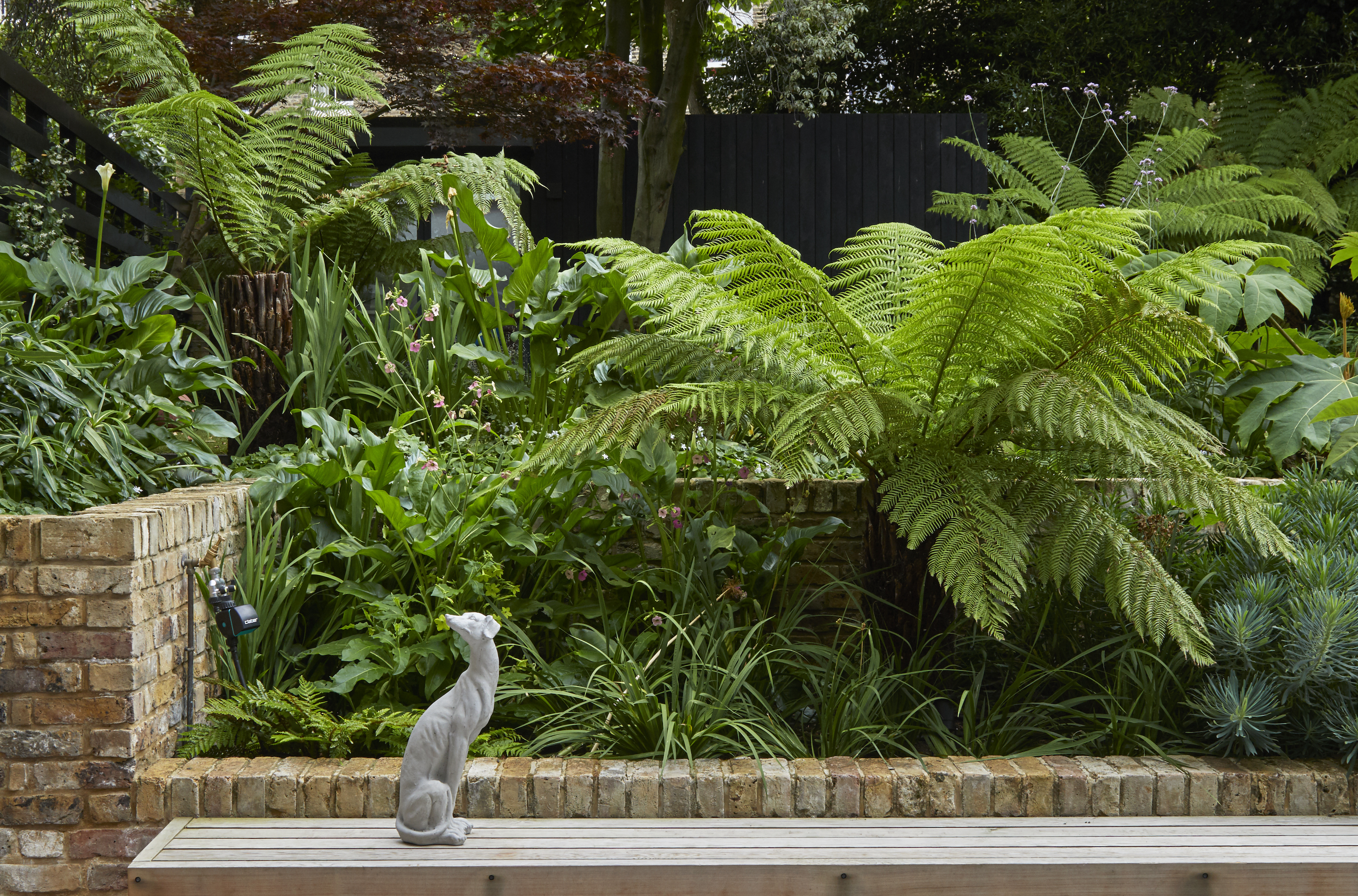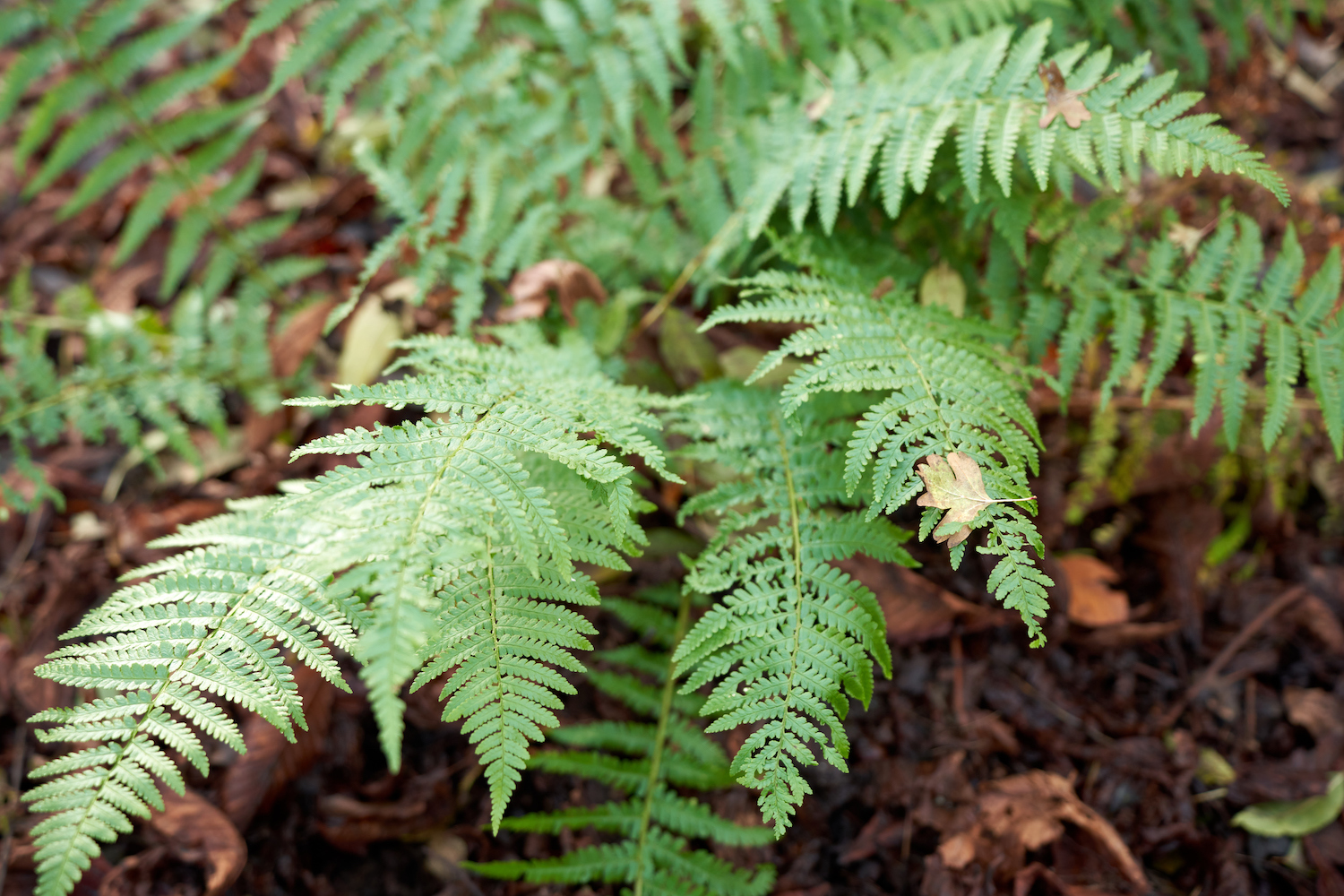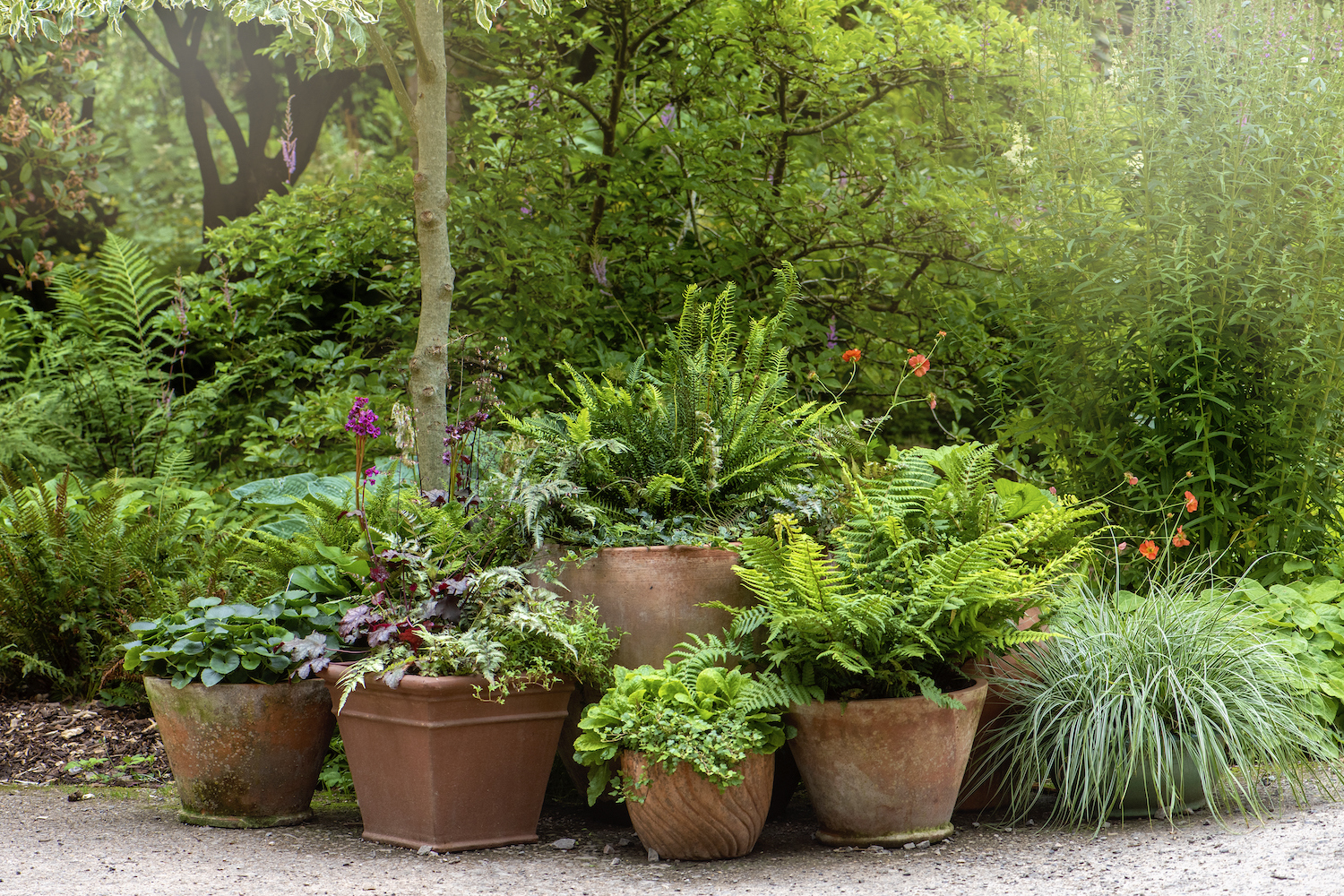
Loved by many, ferns have had a renaissance, gracing our homes and gardens with their feathery, verdant fronds. However, if you're growing yours outdoors, you may be wondering what to do with ferns in winter?
Thankfully, unlike many other plants, ferns are fairly low-maintenance, particularly if you're growing native species, or those you already checked are suited to your USDA Hardiness zone.
'Ferns make elegant, luxurious additions to any garden,' says Mobee Weinstein, foreman of gardeners at the New York Botanical Garden and author of The Complete Book of Ferns. '
Their graceful qualities are calming, and they provide peace and serenity in a modern garden. As a bonus, ferns are among the easiest perennial plants to care for and do well with only occasional help from us gardeners.'
What to do with ferns in winter
'Although most ferns come from the tropics, the temperate zones are far from lacking in fern diversity,' continues Mobee Weinstein. 'For example, there are more than a hundred species, native to the north eastern United States, providing ample choice for growing in temperate zones.
'Using native species (plants indigenous to your region) often produces the best results with the least effort. Many gardeners also see using native plants as a more sustainable approach, that's healthier for the ecosystem.'
1. Manage fallen leaves

Most ferns like partial shade, so it's likely your ferns have been planted in the shadow of some deciduous trees. If that's the case, it's worth doing some leaf clearing and maintenance.
'It's fine to allow a thin layer of leaves to remain on the soil around your ferns as a natural mulch, but remove heavy accumulations,' says Mobee Weinstein. 'Also, don't leave the crowns of your ferns (the growing centers) buried deep under leaves, or they may stay too wet and rot.
'Be careful using rakes around ferns, as ferns are easily loosened, or dislodged and damaged,' continues Mobee. '
2. Make sure you've mulched

Ideally, you will have already mulched the soil around your ferns during the fall. If you haven't done it yet, it's worth doing your mulching before the coldest winter months arrive.
'Even if you put down mulch in the spring it may have decomposed or worn away,' says Mobee. 'If this is the case, refresh it with 1/4" to 1" in the fall to provide a little protection through winter.'
3. Check for fallen fronds
How to care for ferns in the winter will depend on the species, your location and even your ability to tolerate a little wildness.
'Many temperate garden ferns die back sometime during the fall,' says Mobee. 'As they turn yellow, or even brown, if they remain upright leave them intact to add interest and seasonal color to the garden.
'When the fronds collapse or fall, pick them up or cut them off. Work by hand with pruning shears for the best results.
'Those who like tidy gardens, often clean up their ferns in the fall and compost or shred the debris. However, some growers don't mind the look and recommend that you leave those brown fronds in place for a low maintenance garden.'
'As they lie down around the plant, the old fronds offer a bit of winter insulation. In this case, clean them up in early spring, before new growth begins.'
4. Leave evergreen fronds alone
'Evergreen ferns have fronds that usually remain green in winter, even in the snow,' explains Mobee. 'Some of these ferns may keep their form and stay more upright, but others eventually lie down, often by mid-winter.
'Either way, it's best for evergreen ferns if you leave their fronds on for the winter. They are photosynthesizing and providing some insulation. By early spring, trim away the old fronds in preparation for new growth.'
5. Move pots away from windy spots

According to Mobee Weinstein many ferns that are available to home gardeners perform well in shady gardens. Ideally, you will have already selected an area where dappled shade is already present.
If your ferns are in containers and seem happy where they are leave them there. However, if the spot lacks sufficient shelter from gusts and gales it may be necessary to move them to somewhere more protected.
'Avoid windy exposed sites,' says Mobee. 'Few ferns can tolerate wind - it's too desiccating. Fronds dry out, and the more gentle, delicate fronds break as they get whipped about.
'Be certain to select ferns that can survive in your overall climate. Although cold-hardiness is not the only climate-related factor that can affect, or limit, plant growth, it is a defining one, and it is a longstanding practice to define plants by how much cold they can tolerate.'







